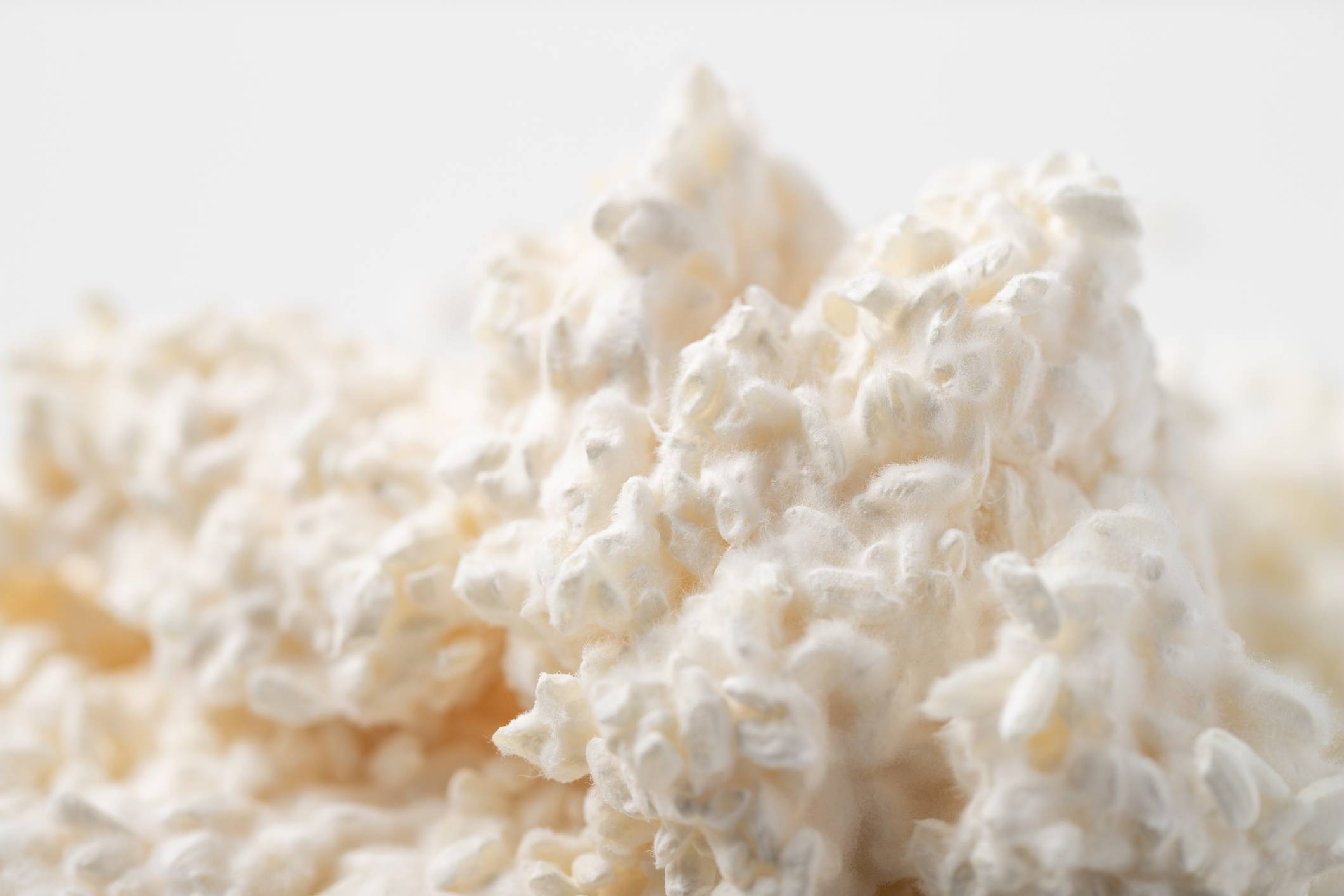To declare any sort of culinary boom is an uncertain, if not futile, task. This is especially true for Japanese cuisine, which has dishes, ingredients and cooking methods that have so seamlessly entered international culinary traditions that Japanese foods are in a state of perpetual "boom” around the world. Ramen, for instance, has been "booming" globally for nearly two decades.
But, at times, there is a trend that deserves the title of "boom" — or at least a mention of its burgeoning popularity on the global stage. And right now, that is kōji.
Otherwise known as Aspergillus oryzae, kōji is a mold used in culinary traditions in Korea, China and Japan, where it is the fundamental ingredient of such staples as sake, soy sauce and miso. However, as Jeremy Umansky and Rich Shih write in "Koji Alchemy," a book published in May 2020, "Functionally, kōji is not tied to Japanese or any other Asian cuisine that uses it." And while many chefs outside of Japan have taken to the mystifying or, as Sandor Elliz Katz writes in the book's forward, "transformative powers" of kōji in previous decades, the product has made an unprecedented leap into home kitchens and menus across the world in recent years.



















With your current subscription plan you can comment on stories. However, before writing your first comment, please create a display name in the Profile section of your subscriber account page.